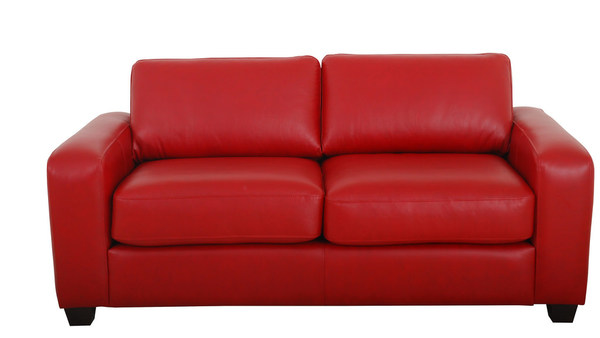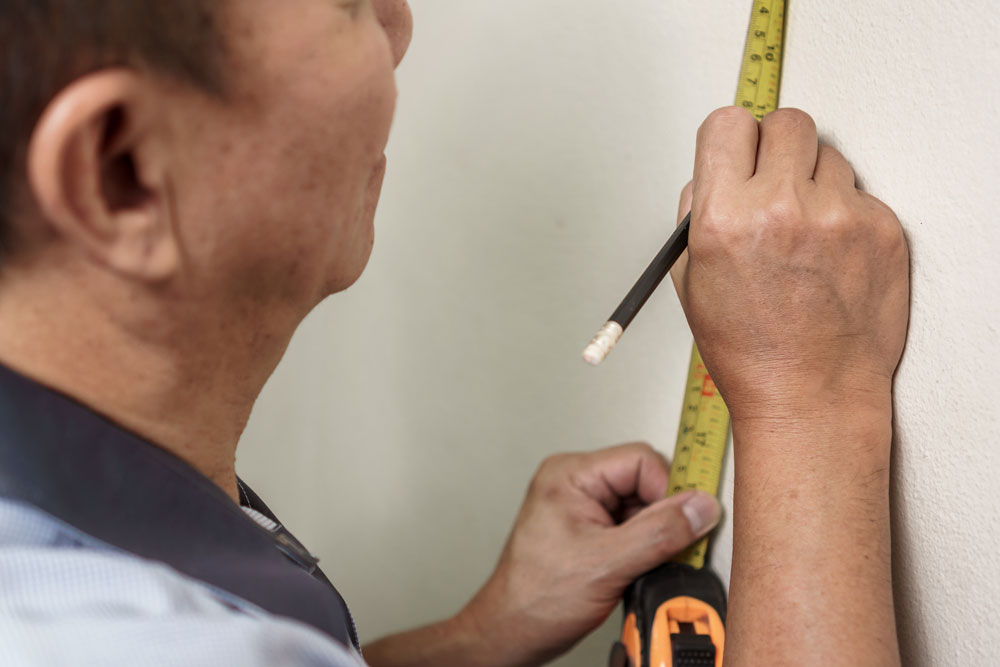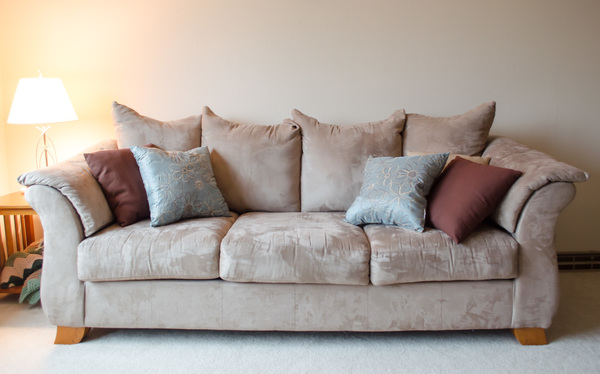If you’ve just moved, you’ll know that putting together a move and organizing things at a new home can be exhausting—both physically and financially.
You walk into your new home, where freshly painted walls await your arrival. But there’s something missing: the rooms all seem empty.
You need furniture; this is what makes a house your home.
With the financial crisis caused by the recent move though, going in for second hand furniture is often a sensible course of action. Here are a few simple-yet-essential secrets that’ll help you on your quest for second-hand furniture.
1. Start Your Hunt Right At Home
Before you run out and start hunting for nearby furniture consignment stores, here’s a tip: you’ll often find the best deals at home, shopping online on your computer or your smartphone.
Looking for deals online makes good sense, especially with second-hand furniture. The virtual world is choc-a-bloc with great deals and prices. You’ll save time, and avoid the hassle of going on a tiring quest just when you’ve moved in.
Simply check out the best deals the internet has to offer, and pick the furniture that fits your needs.
Pro tip: A quick glance at these sites even before you actually need the furniture will help you build your knowledge of good prices and great deals. This comes in handy when you actually buy your second-hand furniture.
2. Seeing Isn’t Believing
It is easy to hide flaws in a picture online; profile pics on Facebook should tell you all you need to know here. Don’t let the seller fool you with a fancy airbrushed image; go inspect every piece of furniture before you buy it.
If you smell something weird around a sofa or a table that you’re about to buy, pump the brakes – it might just be rotting wood. Odours like pet smells and smoke do not air out easily, and you do not want that smell in your home.
If it’s a chair or couch, don’t hesitate to sit on it to check for damage. Ensure that the cushioning is even, or you’ll end up spending more to fix it. Lean on tables to check if the legs are sturdy. If you’re buying a cabinet, check the doors, knobs, and drawers.
3. Knowing Measurements
Say, you just bought a lovely king-sized ebony bed with beautiful carvings on the headboard and ornate bed posts that blend perfectly with the theme of your bedroom decor. Wouldn’t it be a pity to realize that it simply doesn’t fit into your bedroom?
To avoid problems like these, always keep a measuring tape handy. Measure the dimensions of the rooms, doors, doorways and stairways. Comparing these findings to the dimensions of the furniture, you’ll be able to make the right decision in an instant.
4. Upcycling For Economy
Upcycling – the act of reusing discarded furniture to create something better than the original.
As most second hand furniture comes with some form of imperfection, upcycling comes in handy. Find inexpensive DIY (Do It Yourself) ways to fix the piece.
However, make sure you don’t pick up something that’s completely damaged; you don’t want to spend so much money reupholstering a couch that getting a new one would be cheaper!
5. Negotiate
Some sellers might price furniture at unnecessarily high rates. Try to negotiate for a better price. If this isn’t in your comfort zone, some web portals even offer online negotiations. You won’t even have to face the seller in person!
When you do get to inspect the furniture, be sure to check out the tags on it. Sellers sometimes provide inaccurate information regarding the brand. Make sure the model you’re paying for is actually worth the quoted price.
Convert your empty house into a beautiful home with second-hand furniture that you have selected and reconditioned.






